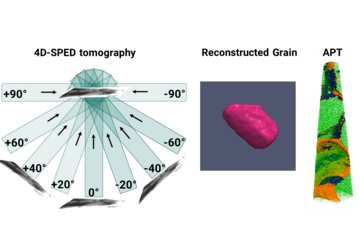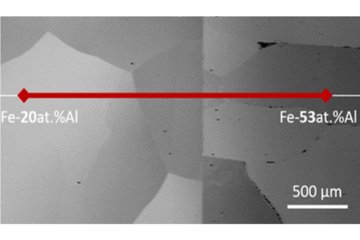
Interface Micromechanics
Here the focus lies on investigating the temperature dependent deformation of material interfaces down to the individual microstructural length-scales, such as grain/phase boundaries or hetero-interfaces, to understand brittle-ductile transitions in deformation and the role of chemistry or crystallography on it.
Whether macroscale components for structural applications such as bridges, ships, aircraft, or microscale systems such as thin-films or interconnects in microelectronic devices, fracture is largely governed by interactions between growing crack tips and microstructural phases or interfaces. Examples include failure of metallic alloys due to cracking of brittle intermetallics (IM) or decohesion at the IM-metal interfaces, or temperature dependent weakening of grain boundaries leading to intergranular fracture. The primary goal of this research theme is to investigate the deformation of material interfaces down to the individual microstructural length scale by probing site-specific interface behavior using in situ small-scale testing methods inside a scanning electron microscope.
Hetero-interface deformation of intermetallic-metal interfaces: The strength of intermetallic-metal interface is being investigated using a novel microshear testing methodology. Hetero- interfaces, for example in metallic alloys, can undergo failure by interfacial shearing and decohesion. Here the strength of the IM-metal hetero-interface is being investigated using combinatorial thin films of the Ca-Mg intermetallic deposited on Mg coated Si substrate. The microshear specimen dimensions are optimized by finite element modelling to obtain geometry insensitive interface strength, followed by in situ shear testing of FIB milled microshear geometries. This simple technique allows direct quantification of the strength of intermetallic-metal interfaces, and can be applied to understand local interface mechanics of hetero-interfaces in materials (https://doi.org/10.1016/j.scriptamat.2025.116665 ). This also opens up the possibility to investigate the thermal dependence of interfacial deformation mechanics. The temperature dependent fracture and plasticity of the individual intermetallic phases have been investigated separately using nanomechanical testing. (See also Fracture and Interfaces.)













